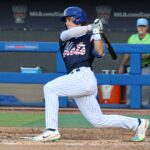When Steve Cohen bought the Mets before the 2021 season, he had two options: tear the team down or try to build from the current pieces. Cohen chose the latter, bringing in Francisco Lindor to signify his intention to put out a winning product immediately. Still, he stopped there, and the wheels ultimately fell off the team that season.
The next year, Cohen brought in Max Scherzer, once again signaling that he was going in rather than folding. Beyond Scherzer, though, the only other significant moves the Mets made were to bring in Starling Marte and Eduardo Escobar, both mid-tier veterans, and trade for Chris Bassitt. The team overachieved for much of the season before the team fell apart in September and October.

Neville E. Guard-USA TODAY Sports
Heading into 2023, if the Mets wanted to win, that had to be the year. Justin Verlander replaced Jacob deGrom, and between the two aging starters, it was an all-in season. At that point, though, the Mets stopped; they did not make any significant changes to their lineup except replacing the struggling James McCann with the struggling Omar Narváez. Every part of the team crumbled in 2023.
Heading into 2024, David Stearns can choose to continue the path of the last three seasons or make some significant changes. As Stearns said, the Mets intend to compete in 2024, but compete for what? The answer to that question should be similar to what it was in 2022, with some notable differences.
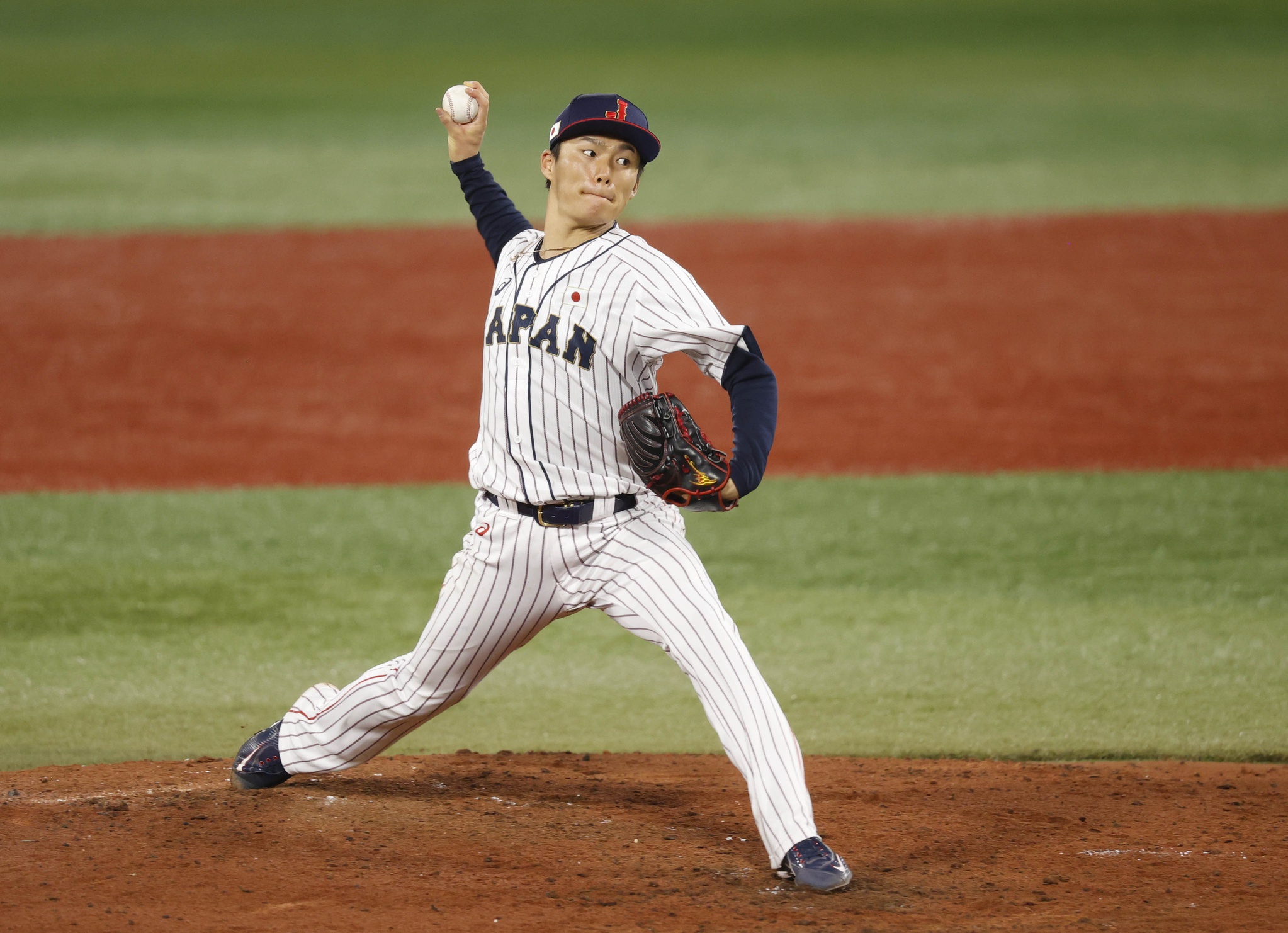
Yoshinobu Yamamoto. Yukihito Taguchi-USA TODAY Sports
Overview
The Mets’ ideal 2024 plan should go as follows:
- Sign a No. 2 and a No. 3 starter
- Bring in a No. 5 starter for one year; try out as many prospects as possible
- Get one big bat, preferably at third base or corner outfield
- Re-sign Pete Alonso
- Sign one late-inning option
- Fill the remaining hitting needs (2B/3B/RF/LF/DH) with mid-tier veterans, some for one year; evaluate Baby Mets as much as possible
- Keep throwing darts at relief pitching with controllable arms
Focus on Starting Pitching
If there is one area of the team the Mets should rebuild this offseason, it is the starting pitching. The Mets’ lone holdover starters from 2023 are Kodai Senga and José Quintana. Quintana is 34 years old and not under contract beyond 2024, while Senga can opt out after 2025 if he pitches 234 innings over the next two seasons combined.
There are a number of quality pitching options on the market. The Mets need to acquire at least two starters with multi-year commitments. Instead of relying on aging aces, they need pitchers who have longer windows than a year or two. Although it would be ideal to have young, cheap starters filling out the rotation, that is not currently the case.
Yoshinobu Yamamoto
The linchpin of the Mets’ offseason should be Yamamoto. They’ve been scouting him for months. True, there is a risk for any player coming over from Japan. Still, Yamamoto had a 1.16 ERA, 0.86 WHIP, 1.5 BB/9, and 0.1 HR/9 in Japan last season. The Mets should do everything possible to woo him, especially because he is just 25 years old. Corbin Burnes is a trade option, but acquiring him would mean giving up prospects and a big contract extension.
I doubt Cohen opens the pocketbook for both pitchers. Yamamoto is the preferred option.
A No. 3 Starter
Jordan Montgomery is likely the best free agent in this category, coming off back-to-back solid seasons. Montgomery is worth a significant pursuit as long as the commitment is closer to four years than seven. Entering his age-31 season, he should still be a solid starter for some time. He’d certainly be pitching above his value as a third starter.
Trading for Tyler Glasnow, reportedly a Mets consideration, would be risky. He costs $25 million this season, and his 120.0 innings pitched in 2023 were a career-high. Glasnow would at best be a bridge answer toward the back of the rotation. The Mets should also pass on Dylan Cease.
Any More Starters?
If the Mets don’t intend to seriously contend in 2024, José Butto can be their fifth starter. In nine 2023 games (seven starts), Butto posted a 3.64 ERA, 4.02 FIP, and 0.64 HR/9. His biggest issue is command; he averaged 4.93 BB/9, leading to a 1.33 WHIP.
Such a plan leaves little margin for error due to injury, though. Butto’s five-game performance at the end of 2023 was encouraging. Still, it’s a small sample and leaves the Mets very thin beyond him. David Peterson will miss much of the season, and Tylor Megill has shown he’s not a starting option.
Wade Miley and Hyun-Jin Ryu are the most logical choices to fill out the rotation. Both would likely take one-year deals. The Mets should not pursue reclamation projects like Lucas Giolito or Luis Severino unless they come cheap.
Promote the Kids in 2024
Prospects Mike Vasil (MLB.com Mets No. 9), Christian Scott (No. 12), Dominic Hamel (No. 16), and Tyler Stuart (No. 17) are all projected to debut in 2024, per MLB.com. Vasil is the most touted, though he had a 5.30 ERA in 16 Triple-A starts. Still, he allowed three or fewer runs in six of his last eight starts.
All four should get opportunities this season. The Mets must figure out which of their minor leaguers could be part of the team in 2025 in some capacity. The team has not developed a pitching prospect into a consistent contributor in years (I’d argue since deGrom in 2014). They need to see if that can change.

Patch Up Bullpen But Don’t Overcommit
The Mets have only Edwin Díaz and Brooks Raley as reliable bullpen options in 2024. Still, they should not seek to bring back David Robertson, who, at nearly 39, would represent a win-now move.
If they want to add one setup man, Jordan Hicks, Yuki Matsui, Robert Stephenson, or Keynan Middleton should be the options they consider. At 27, Hicks will be the most coveted but may seek a closer spot. Matsui is coming from Japan. Stephenson overhauled his pitching repertoire, while Middleton had a sudden solid season. Some are worth longer commitments than others, but choosing one would be a good way to methodically build the bullpen.
Joey Lucchesi can take over as the long reliever. He had a mixed 2023 season, but I think he does best in the two-to-four-inning range rather than as a starter. Perhaps he can be an opener, if needed.
For the rest of the bullpen, I think the Mets should utilize the strategy they erroneously followed in 2022-23: acquire many arms, including several optionable, and hope some stick. It was a mistake when they were trying to win a championship but makes sense in a holdover season. Brett Martin and Jackson Stephens are coming off significant injuries but had previous success and could be cheap signings.
The Mets can also try out some of their prospects in the bullpen if they don’t make it as starters. Finding a young, controllable, reliable reliever has been a Mets goal for several seasons with little success. For example, Scott may not make it as a starter long-term, but he has potential as a reliever.
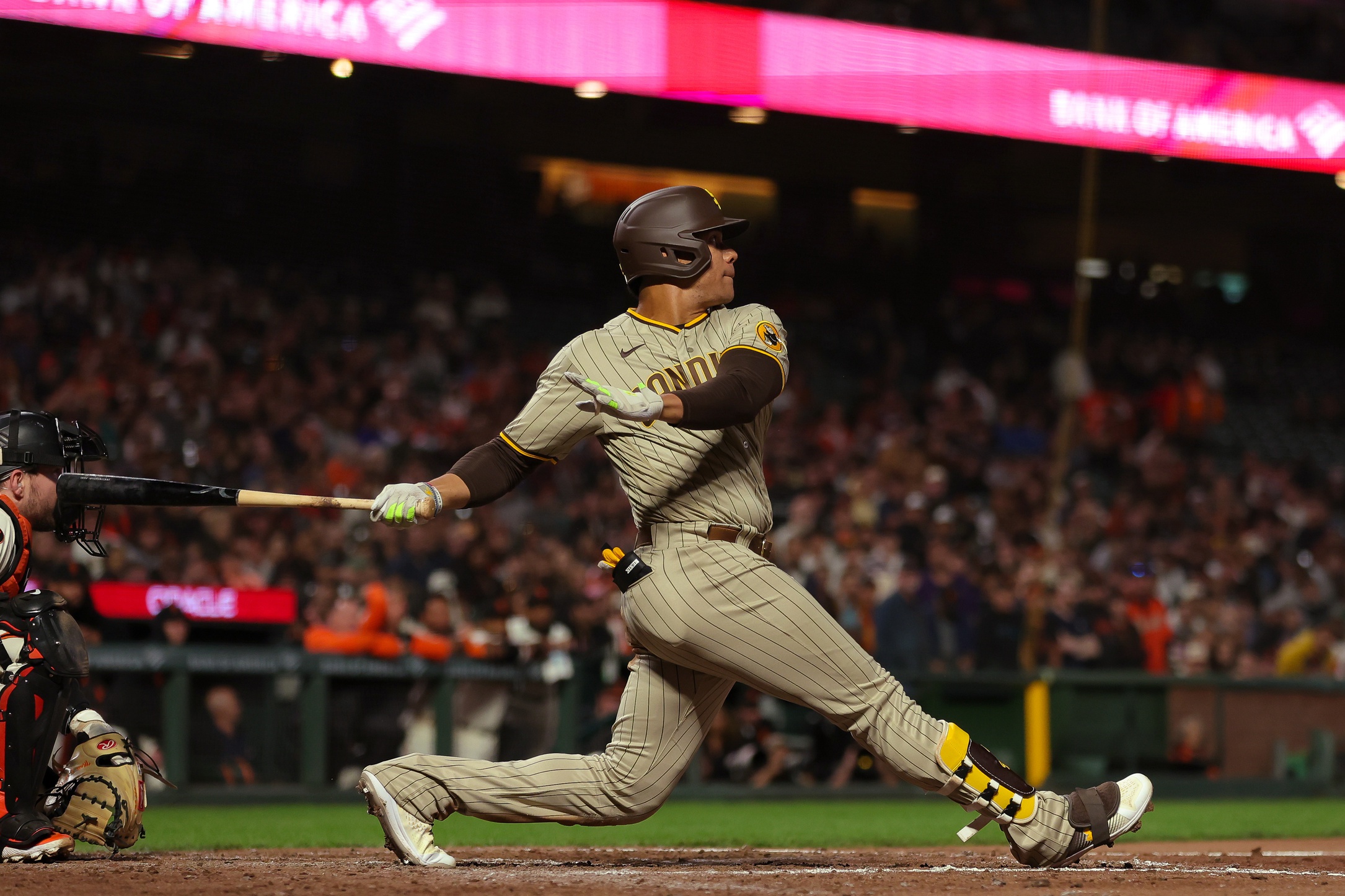
Sergio Estrada-USA TODAY Sports
Add One Big Power Bat
This should not be the season the Mets look to load up their hitting due to the thin market. Still, the lineup has long lacked big-time power beyond Alonso, often causing him to press. Lindor undoubtedly has pop, but he’s not a pure slugger. Francisco Álvarez can still develop into a middle-of-the-order bat but struggled in the second half of 2023.
If the Mets could acquire Juan Soto without breaking the prospect bank, they should do it. However, I doubt the Padres would trade Soto for Ronny Mauricio, Kevin Parada, and Megill. They would likely want at least one of Luisangel Acuña (MLB.com No. 38), Drew Gilbert (No. 52), or Jett Williams (No. 78). Soto is worth it with one of those top prospects in the package, though. He is just 25 years old and can help solve the Mets’ outfield hitting issues.
Shohei Ohtani is every baseball fan’s dream, but Ohtani seems unlikely to come to the Mets. I’ve always wondered how long a two-way player’s body can hold out. Ohtani is by far the most valuable player in all of baseball, but how long can he remain so, even compared to other players his age?
The most likely free-agent options are Jorge Soler and Rhys Hoskins, who profile as DHs. I prefer Hoskins despite his ACL tear in 2023, as he has never posted a wRC+ lower than 112.
To me, Matt Chapman and Cody Bellinger should not be options. Chapman was mediocre in 2023. Bellinger had a resurgent season after several years of futility. Both declined qualifying offers and are likely to receive deals far beyond their actual value. They have high bust potential due to uneven performance over the past several seasons.
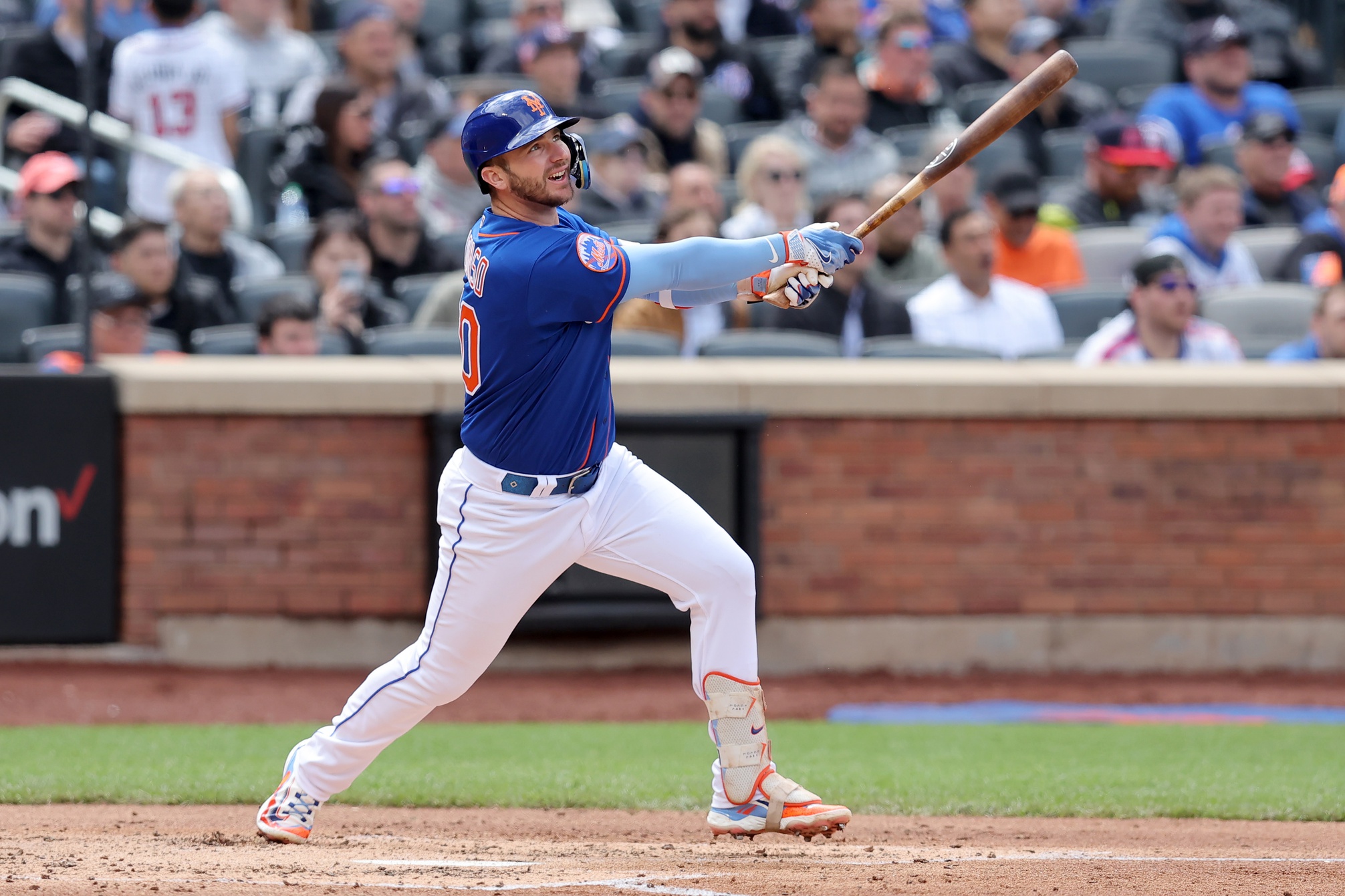
Pete Alonso. Brad Penner-USA TODAY Sports
Extend Alonso
Perhaps this should be listed as the No. 1 offseason priority. The Mets should negotiate against themselves before they need to negotiate against everyone else. Trading the biggest slugger in team history would be a huge mistake, one Stearns doesn’t seem keen on making.
Scott Boras and Alonso undoubtedly would prefer to hit the market. Still, the Mets should do everything possible to persuade Alonso to sign an extension beforehand. They should not be sanguine about their ability to outbid everyone else next year.
Boras claimed he’s not using Matt Olson‘s eight-year, $168 million deal as a starting point for Alonso’s contract. The Mets should use that as a hard line in negotiations. Olson’s 5.0 fWAR in his final year with Oakland was close to double Alonso’s 2.8 mark in 2023. The Mets can’t push that line too far, but staying away from the 10-year threshold is worth adding some extra per-year dollar value to appease Alonso.
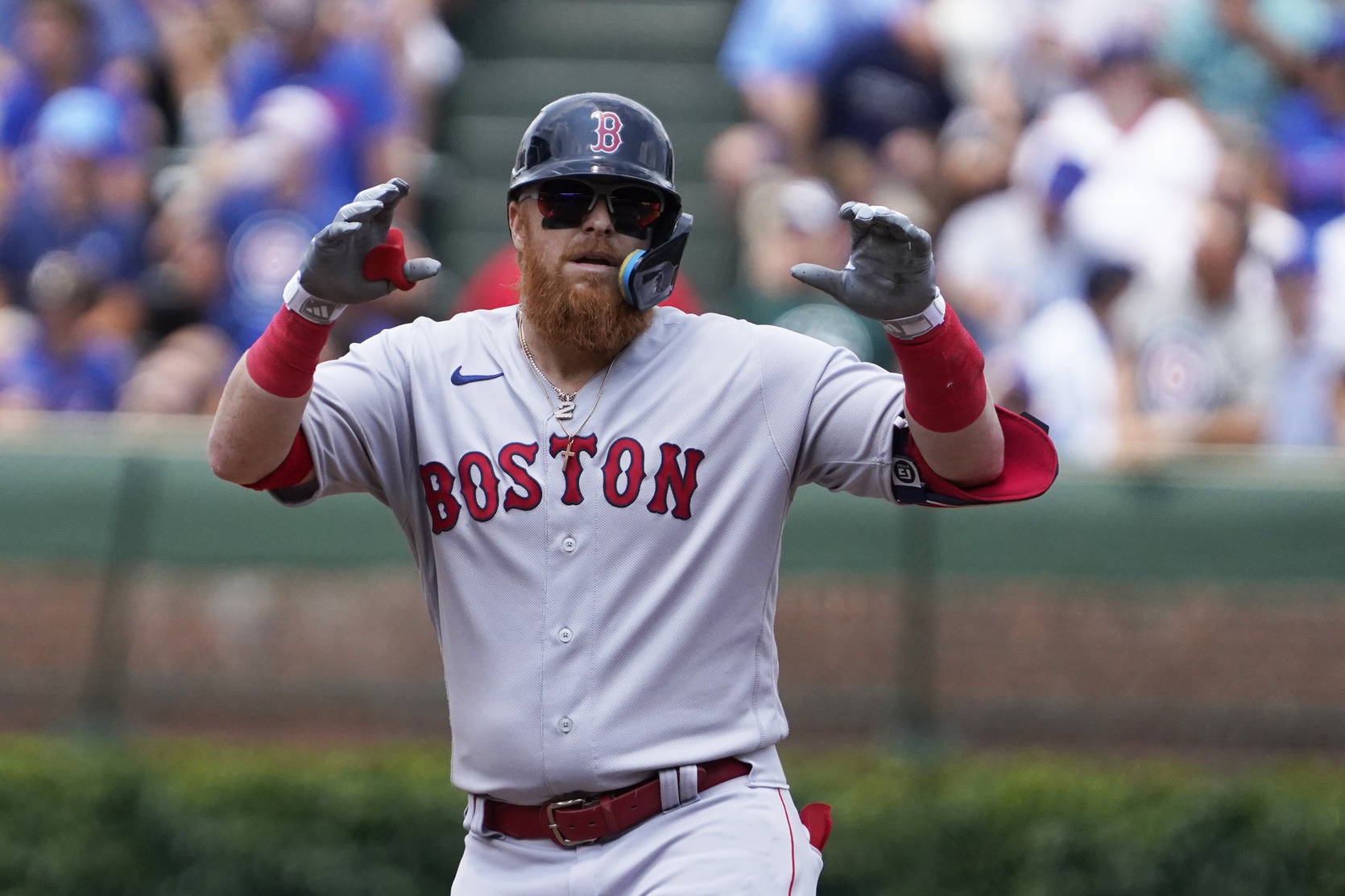
David Banks-USA TODAY Sports
How to Handle the Infield
Alonso will be the Opening Day first baseman. Lindor is locked in at shortstop. The other two infield positions are more iffy.
Jeff McNeil played primarily at second base in 2023, but he saw a decent amount of time at both corner outfield positions. Although the Mets can still move him around, it seems that his home is still second base. If so, that would leave just third base open.
Internally, the Mets have Acuña, their No. 1 prospect, who profiles as a second baseman and could debut in 2024, though he won’t be their Opening Day starter. If he comes up and plays well, McNeil can shift to the outfield on a more full-time basis. For now, though, the assumption should be that the Mets need a starting third baseman and another option who can play second when McNeil moves to the outfield.
Gio Urshela and Justin Turner could both fit that bill. Turner is the better hitter, but Urshela is younger and likely cheaper. Both have positional versatility. Jeimer Candelario would be more of an offense-first move. He posted an OPS of at least .795 in three out of the past four seasons. Candelario’s projections have ranged between $11-18 million, and this move is not worthwhile at the upper end, nor in the four-year range. Still, he should be on the Mets’ radar as a third baseman.
What of the Mets’ three infield prospects who played in 2023? Mauricio played mostly second base and posted a .248/.296/.347 line in 108 plate appearances. Mark Vientos hit .211/.253/.367 and posted -0.9 fWAR in 233 plate appearances. Baty slashed .212/.275/.323 with -0.5 fWAR in 389 plate appearances. It’s difficult to justify a major league spot for any of them, but the Mets must have a definitive answer about all three.
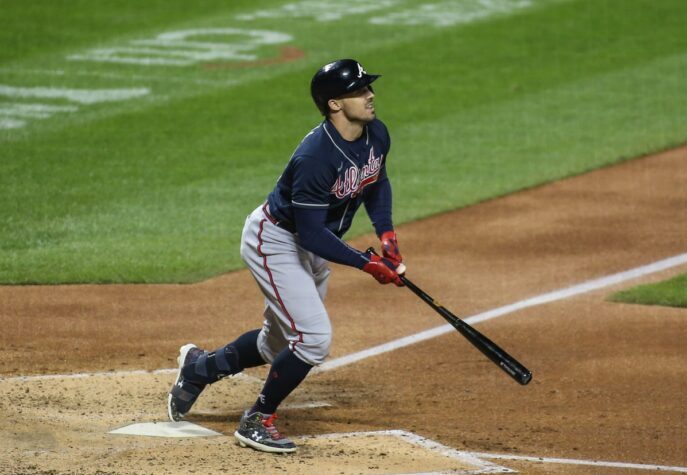
Adam Duvall. Credit: Wendell Cruz-USA TODAY Sports
Outfield
Considering that Starling Marte’s legs are such a critical part of his game, it’s unreasonable to expect him to bounce back in 2024. Still, he’s under contract for two more years and will probably be part of the Mets’ plans. None of the Mets’ outfield prospects seem likely to hit the majors in 2024. Therefore, If McNeil sticks at second, they need two corner outfielders for next season (although one can potentially platoon with Marte). Soto would ideally be one of them, but he doesn’t seem likely for the Mets.
Lourdes Gurriel Jr. could draw their interest. Gurriel is generally a solid defender and a mostly average bat. If the Mets want to look toward the Asian leagues again, Jung Hoo Lee is also an option. He’s only 25, but he may not project as a power bat in the MLB. Teoscar Hernandez‘s name has repeatedly come up, but the only way I’d pursue him is on a shorter-term deal commensurate with his poor 2023 performance.
The Mets could also pursue a bridge outfielder. Adam Duvall was on their radar last year, and he posted a .247/.303/.531 slash line (116 wRC+) while playing an adequate corner outfield.
How this Works for 2025
The Mets reset by selling off in 2023, but it left them with many holes. Realistically, they won’t be able to fill all those holes in one offseason, nor should they try. Ideally, they can build enough talent so as not to need another major overhaul in 2025. This doesn’t mean writing off 2024, but it does mean not going all-in for a championship.
If they can lock down two front-end starting pitchers, it will be easier to fill in the back of the rotation in 2025. Perhaps one of their prospects can become a fifth starter, which would leave them in a solid position heading into 2025.
The bullpen is a bigger problem. That’s why a setup man makes the most sense. Solve those problems in 2024 and then try to fill in the rest. They’re unlikely to fix the entire bullpen in one free agency cycle.
In the lineup, if they extend Alonso and sign another power bat, they’re more likely to be able to rely on the kids in 2025. Obviously, this depends on Álvarez and McNeil hitting closer to their potential. Possibly signing one other solid bat and a couple of bridge veterans can fill out the lineup.
This would spur the hope that one of their prospects — Baty, Mauricio, Vientos, Acuña, or Williams — can become a viable starting option, possibly necessitating only one significant lineup move in 2025. That’s also when Gilbert, Parada, and Alex Ramírez could join the mix if the Mets don’t trade them first.
This is not a low-spending strategy at all. But it’s a way to try to fill some bigger holes, patch up others until more resources are available, and bridge the gap until the Mets’ top prospects are ready.
One Big Issue
The Mets have many players hoping for improvement in 2024, but they did little at the coaching level to facilitate it. Although changing managers could help, keeping Jeremy Barnes and Jeremy Hefner means the players will be receiving similar coaching. Eric Chávez and Barnes have not been able to develop the Mets’ hitting prospects. Hefner has failed with virtually every Mets pitcher except Diaz.
When Stearns and Mendoza came in, it would have made the most sense to change coaches, as well. Not doing so is a poor prospect for all Mets players, either from elsewhere or from within the organization.
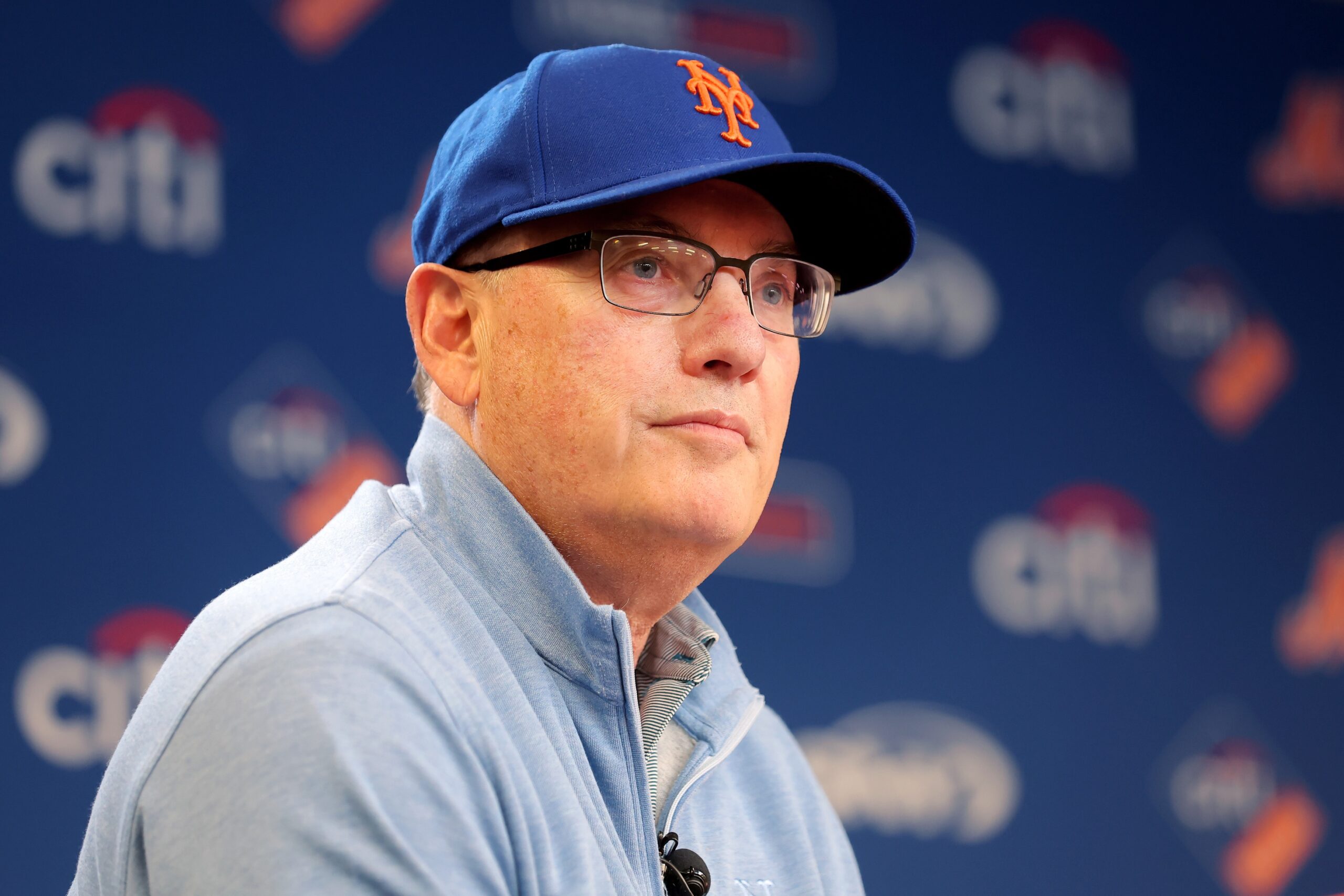
Brad Penner-USA TODAY Sports
Why Not Buy a Team?
Some Mets fans will bristle at not trying to win a championship every year. It’s sort of the Yankees George Steinbrenner syndrome: what we can’t build, we’ll buy.
Still, Cohen has made clear that this is not a sustainable long-term strategy. The Mets could choose to mostly sit out this free agency cycle, but that would mean potentially tanking in 2024 and even 2025. That doesn’t appear to be in their plans.
This is why much of my proposed strategy involves multi-year deals. The team should determine which acquisitions would be part of their longer-term plans. Ideally, they would be able to play all their young players without being forced to sign other starters, but those players are simply not reliable.
There is a fundamental difference between many of these deals and the Mets’ signing of Marte in 2022. Acquiring a 33-year-old for four years when the player is so reliant on speed is never a good idea. By contrast, players like Hoskins, Soler, and Candelario, all in their early 30s, are power threats rather than speed. Signing them is a lot safer than Marte was.
I still think Cohen can try the strategy he proposed when he first joined the team: spending money in the interim while trying to build a sustainable future. The Mets have enough prospects in the upper minors to be able to field a cheaper roster if they can develop those players. For now, they still need those augmenting pieces, and that will come mainly by spending money. Still, it’s not wise to go out and splurge on every big name on the market in pursuit of a championship in 2024.
We’ll see what path Stearns chooses as he begins to shape the Mets in his vision.









